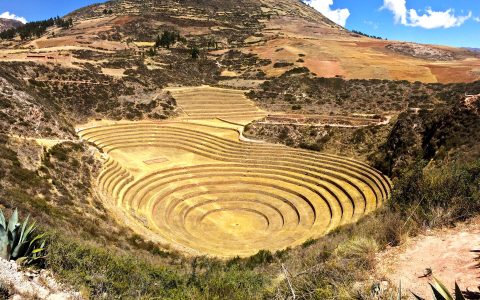A Brief History of Tango

From its humble origins in the suburbs of Buenos Aires, tango – Argentina’s seductively rhythmic style of dance – soon swept its way across the world—despite a number of missteps along the way.
The History of Tango:
Diverse Origins & Global Influences
Originally founded along the Rio de la Plata, the river that separates Argentina from Uruguay, in the 1880s, it should come as no surprise that tango eventually took the world by storm, since so many corners of the globe influenced its creation.
Drawing inspiration from both African and European cultures, tango was influenced by Cuba’s habanera dance, Argentinia’s milonga and the traditional candombe dances of Argentina’s African population.
Much like the dance of the same name, tango music originated in lower-class areas of Buenos Aires and Montevideo and drew from multiple musical backgrounds, merging them together to create the distinct style we recognize today.

While tango began as just one of many dances performed during gatherings on the outskirts of Buenos Aires, it wasn’t long before its style became popular throughout many corners of society.
The dance began to spread from the suburbs and gain traction in working-class slums, which at the time were home to recently arrived immigrants from Europe.
Unbelievable Beauty Awaits
On our Argentina Biking trip, explore the unbelievable variety of the country’s northwest: from jaw-dropping mountain vistas to canyons that change colour with the sun.
DETAILED ITINERARYBeyond Buenos Aires
 It wasn’t long before the craze spread beyond the borders of Buenos Aires; tango dancers first made their way to Europe early in the 20th century. You might think that tango’s entry to the continent was Spain, but in fact it was Paris that first found itself enamoured by tango, followed swiftly thereafter by London and Berlin.
It wasn’t long before the craze spread beyond the borders of Buenos Aires; tango dancers first made their way to Europe early in the 20th century. You might think that tango’s entry to the continent was Spain, but in fact it was Paris that first found itself enamoured by tango, followed swiftly thereafter by London and Berlin.
In 1913 tango made its way stateside, finding its first American fans in New York. However the phrase “tango” had been used in the U.S. as early as 1911. While Americans initially sped up the dance and went at a much faster tempo, it was soon slowed back down and came more in line with the Argentinian style.
An Economic Misstep

When the Great Depression began in the 1930s, tango was not immune. The Depression coincided with the overthrow of the Argentinian government at that time, meaning that the focus of the Argentinian people was elsewhere (and few were in the mood for dancing).
Tango’s fortunes took a turn for the better when the newly minted government of Juan Perón took power. Perón viewed tango as a matter of national pride, reviving its fortunes and helping the dance to become more widespread throughout the country. Unfortunately, its new found favour wouldn’t last long.
Tango was dealt another blow when the Argentinian military dictatorship of the 1950s banned public gatherings. Male dancers would traditionally train for up to three years by attending milongas, or public dances where tango music was played. But with public gatherings forbidden, would-be milongueros found themselves with no where to go – and no way to practice. Tango once again fell into decline.
Revived and Resolute

Fortunately, tango could not be kept down. It continued to live on in smaller venues across Argentina for decades until once again finding a foothold in Paris in the 1980s with the opening of the show Tango Argentino. The Broadway musical Forever Tango and Europe’s Tango Pasion followed shortly thereafter, returning tango to international acclaim.
The dance once again became a cultural staple at home in Argentina, where it has remained ever since. In 2009, UNESCO, the United Nations Educational, Scientific and Cultural Organization named tango to its Intangible Cultural Heritage List, ensuring it a lasting place in both the culture of Argentina, and the history books.
MORE FROM Latin America + Argentina
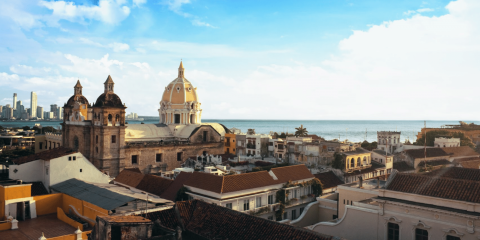
Reading for the Road: The Best Books About Colombia
Colombia
A Wellness Escape to Peru with Butterfield & Robinson
Peru
Cruising Through Argentina’s Famous Seven Lakes Road
Argentina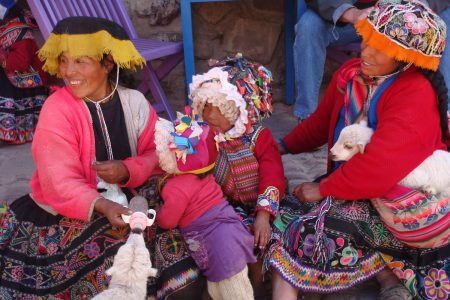
The Slow Fund: Scholarship Fund with Kuska School
Peru
A Taste of South America at Home: Argentinian Beef Empanadas
Argentina
Bespoke Stories: An Off-the-Grid Adventure for a Father & Son in Peru
Peru
Spectacular Stays: The Singular Patagonia
Chile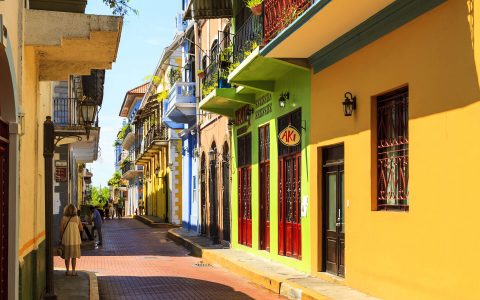
7 Reasons Why You Need to Visit Panama City
Panama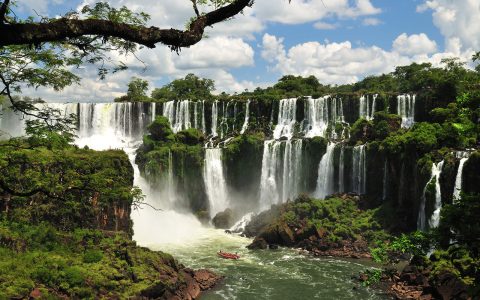
Beyond Buenos Aires: Exploring Northern Argentina
Argentina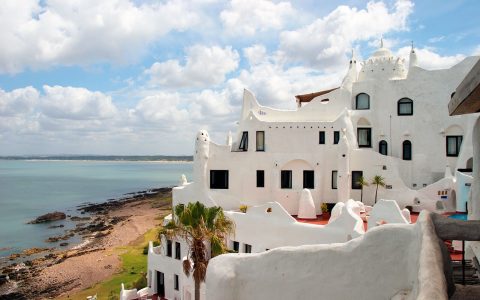
South America’s Best-Kept Secret: Uruguay
Uruguay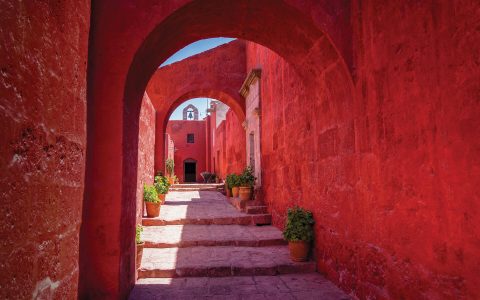
Off the Beaten Trail in Peru
Peru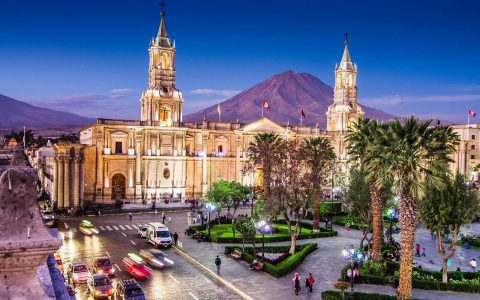
A New Side of Peru: Arequipa & the Colca Canyon
Peru
Lakes & Volcanoes of Chile and Argentina
Argentina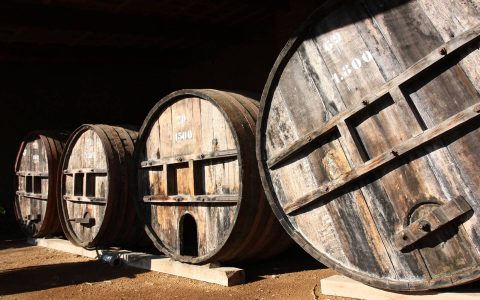
8 Must-Drink Wines From Chile and Argentina
Argentina
Our Favourite 14 Bars in the Americas
Latin America
The Best Time of Year to Visit Costa Rica
Costa Rica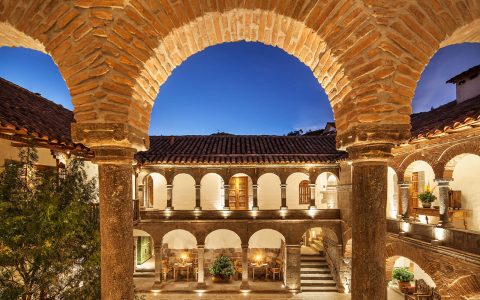
Top 10 Luxury Hotels in Peru
Peru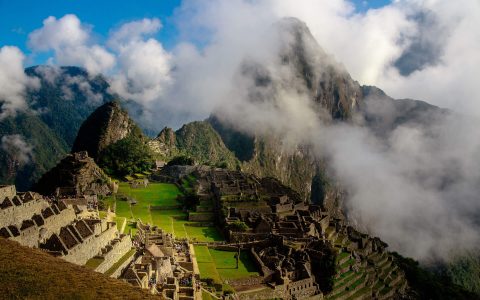
Reading for the Road: Our Favourite Books About Peru
Peru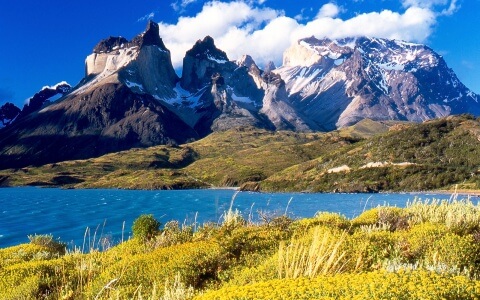
Embracing Extremes in Patagonia
Patagonia


